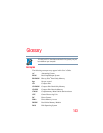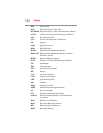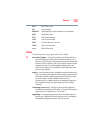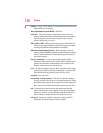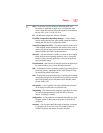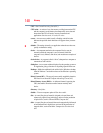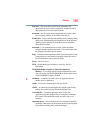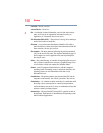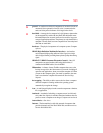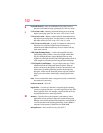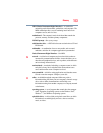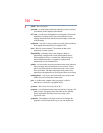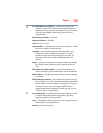
150
Glossary
extension—See file extension.
external device—See device.
F
file—A collection of related information, saved on disk with a unique
name. A file may be an Application, information used by an
Application, or a document. See also document.
File Allocation Table (FAT)—The section of a storage drive that keeps
track of the location of stored files.
file name—A set of characters that uniquely identifies a file within a
particular folder. It consists of two parts: the actual name and the file
name extension. See also file extension.
file extension—The three characters following the period (pronounced
“dot”) at the end of a file name. The extension indicates the type of
file. Examples are .exe for application files and .hlp for help files.
See also file name.
folder—Also called directory. A container for organizing files saved to a
disk. A folder is symbolized on screen by a graphical image (icon)
of a file folder. A folder can contain files and other folders.
format—(verb) To prepare a blank disk for use with the computer’s
operating system. Formatting creates a structure on the disk so the
operating system can write information to the disk or read
information from it.
frontside bus—The primary pathway (bus) between the CPU and the
computer’s main memory. Also called “system bus.” See also bus.
Function key—(1) A feature in which certain keys in combination with
the
Fn key can set system options or control system parameters,
such as the battery save mode. (2) A key or combination of keys that
activates a memory resident program.
function keys—The keys labeled F1 through F12, typically located on
the keyboard. Their function is determined by the operating system
and/or individual applications.




